The coronavirus crisis has kept the world on its toes for the best part of a year now. As a result, different industries, like nonresidential construction, have undergone significant changes to adapt to COVID-19 and associated safety measures.
Like many industries, the nonresidential construction field has had to make major adjustments, both short and long term. With an ongoing pandemic, many aspects of the industry are changing. Construction companies have had to adapt their workflow, and the projects they are being hired for reflect the world’s current, and possibly future, needs.
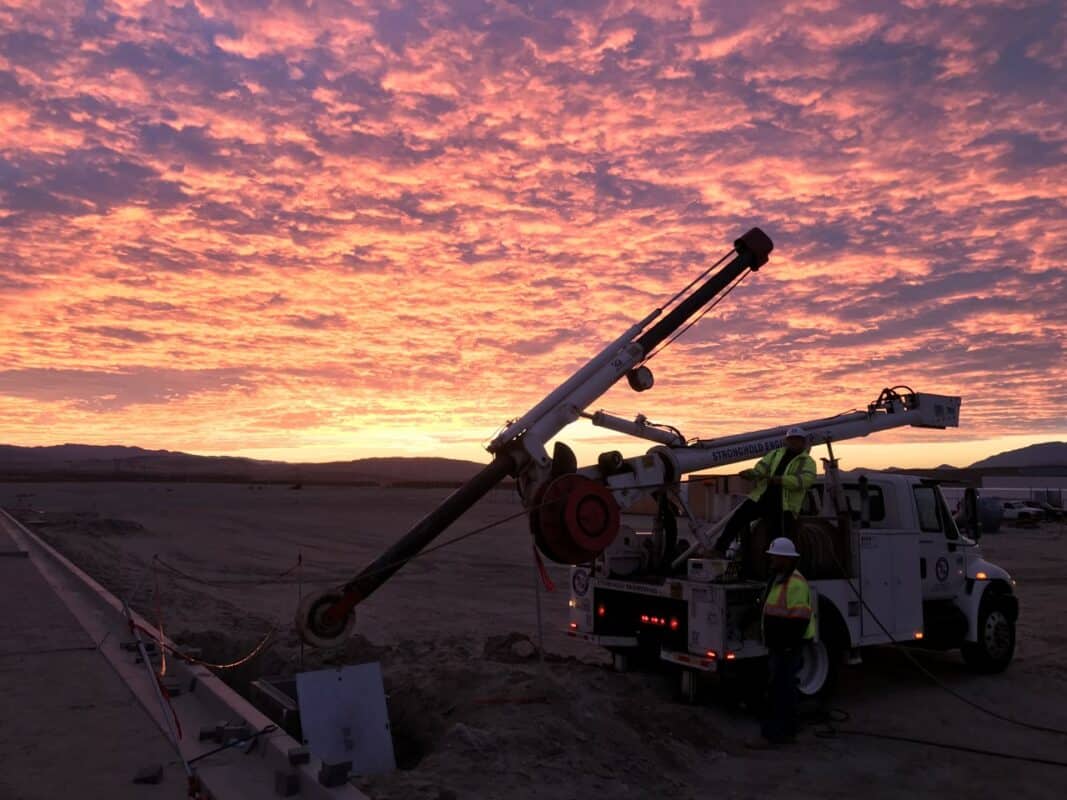
Social Distancing and Virtual Communications
The concept of social distancing didn’t exist until COVID-19 changed how we interact with others. Now, in the construction world, job sites allow for employees to work spread out from each other to accommodate social distancing practices and to prevent too many people from being in close contact with one another. It’s had a direct impact on how work is carried out, ultimately leading to longer project timeframes.
Furthermore, the need to maintain social distancing has led to an increase in virtual communications, or telework, in nonresidential construction. Staff whose day to day responsibilities can be done off location are working from home and connecting to their team via video conferences, instant messaging, and collaborative cloud softwares.
While this was a forced measure taken to ensure the health and safety of employees, some businesses are wondering if it’s a more cost-effective way to operate and are considering making this a permanent switch.
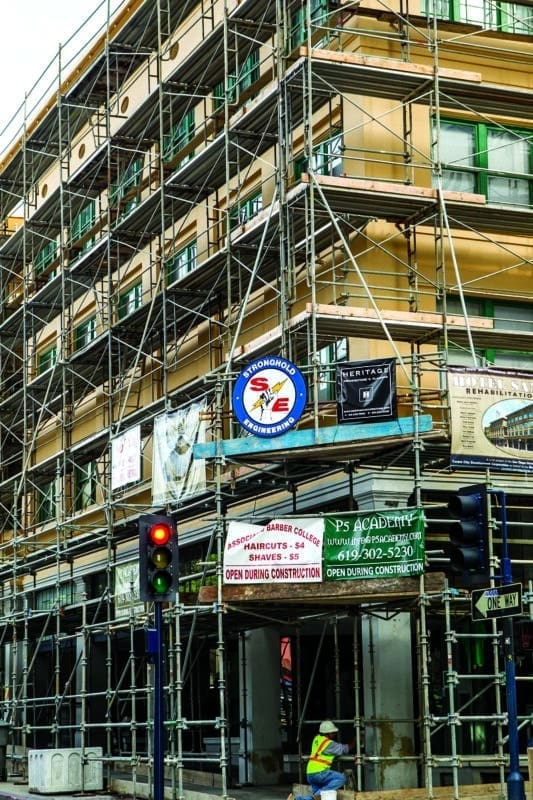
An unexpected effect of social distancing is that it has encouraged an increase in off-site work. Many companies are switching to off-site fabrication, calling on the latest construction technology to create pieces of structures away from the job site. These parts can then be transported to their destination and moved into place using machinery without requiring a large number of staff to be present on site.
High-Demand Projects Will Change
In nonresidential construction, commercial projects are often in high demand. This usually includes retail, entertainment, and hospitality constructions. However, COVID-19 has emphasized our society’s needs for certain structures, causing a shift in top-priority projects.
Demand for new office buildings or entertainment complexes is lower than ever before. This can be put down to a declining economy, meaning most businesses are struggling to stay afloat, let alone thinking of building new expansions.
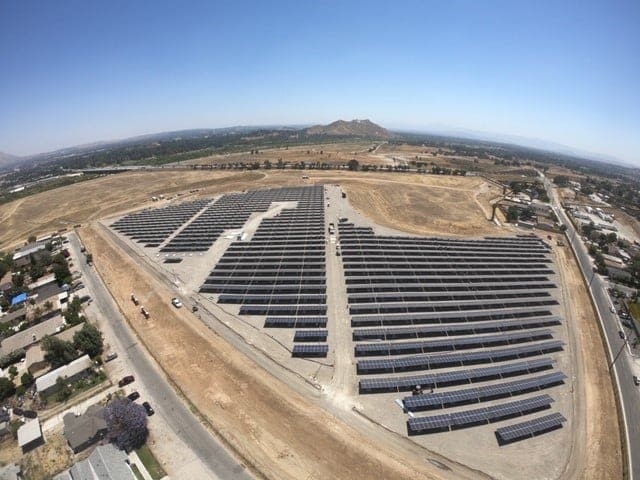
In turn, there has been a greater emphasis in the water supply, road, and educational categories than usual. Compared to this time last year, expenditures in public safety are up nearly 40%.
Similarly, healthcare construction is on the rise. When COVID-19 first started sweeping the nation, hospitals were filling up more quickly than could have been anticipated. It’s expected that the demand for healthcare-related projects will rise as the healthcare industry looks for ways to better prepare for future health crises.
Extended Project Timelines
Efforts to social distance, work from home, and maintain sanitary work spaces inevitably slows down project timelines. A decrease in project delivery can be expected until things return to normal or until construction companies learn how to cope with their new and possibly permanent circumstances.
Currently, on one of Stronghold’s project sites COVID-19 testing is ongoing to ensure the safety of the employees. Everyone is subject to daily health assessments, temperature readings, and required quarantining at home if they display symptoms or receive a positive test. Although these precautions are taken for the best of the team, it all is contributing to extended timelines and lost man hours.
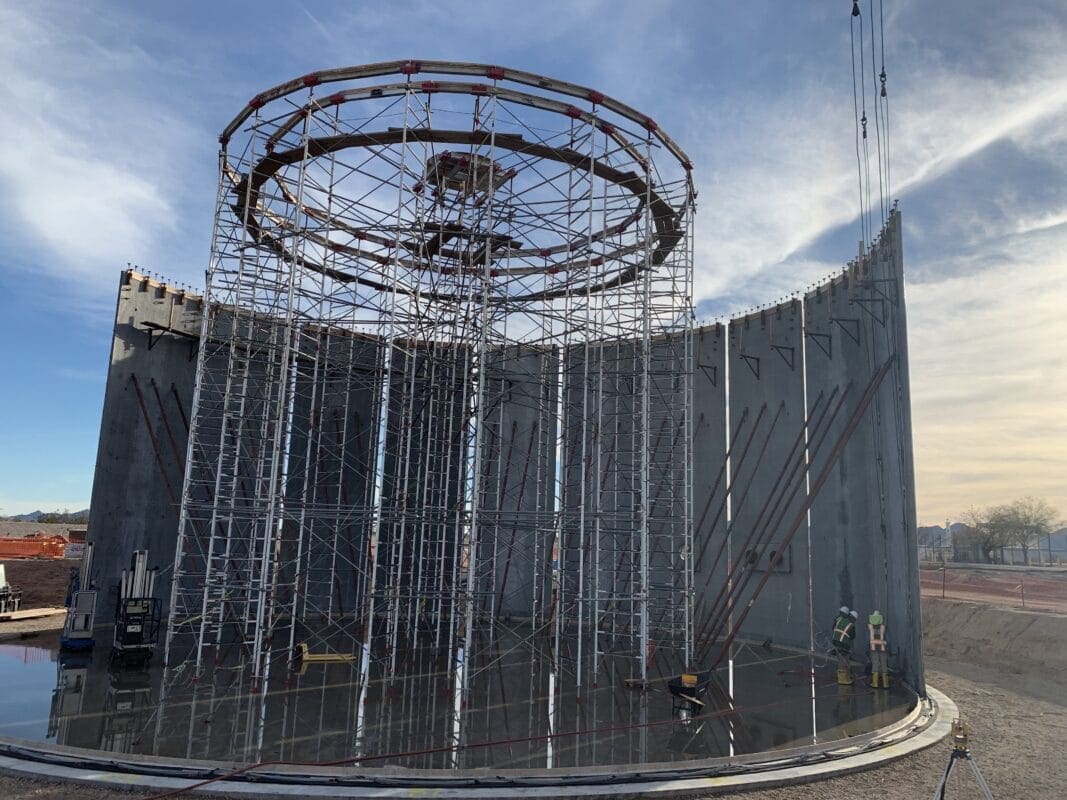
Whether they figure out how to safely accommodate a workforce at full capacity or how to improve remote working conditions with construction technology, industry leaders will eventually need to address the long-term effects of the pandemic
Supply Chain Problems
Additionally, the pandemic has affected supply chain operations, meaning that certain resources are depleted, cost more than usual, or experience delays in reaching their destination. All in all, these supply chain drawbacks have seen a significant shift in attitudes for many US construction firms.
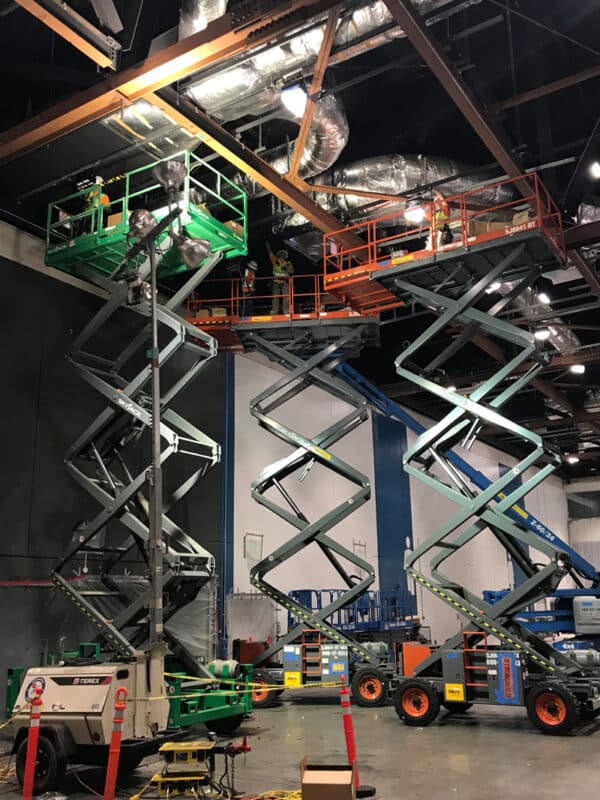
It is expected that in the future, instead of turning our attention overseas, construction supplies will be accessible and affordable on our own continent, if not in our own country. Nobody can predict how long these supply chain disruptions will last, meaning the industry’s commitment to finding accessible suppliers should be a high priority.
This creates an opportunity for suppliers closer to home to expand and provide those resources that are currently scarce. What seems like a disaster could be the beginning of a new era for the construction industry in this country.
It is undeniable, COVID-19 has thrown a wrench in the works of nonresidential construction. Projects are taking more time, job sites are being run differently, and there’s a shift in high-demand projects. This industry is vastly different than how it was a year ago, and nobody can predict how long these changes will last or what will come next.

